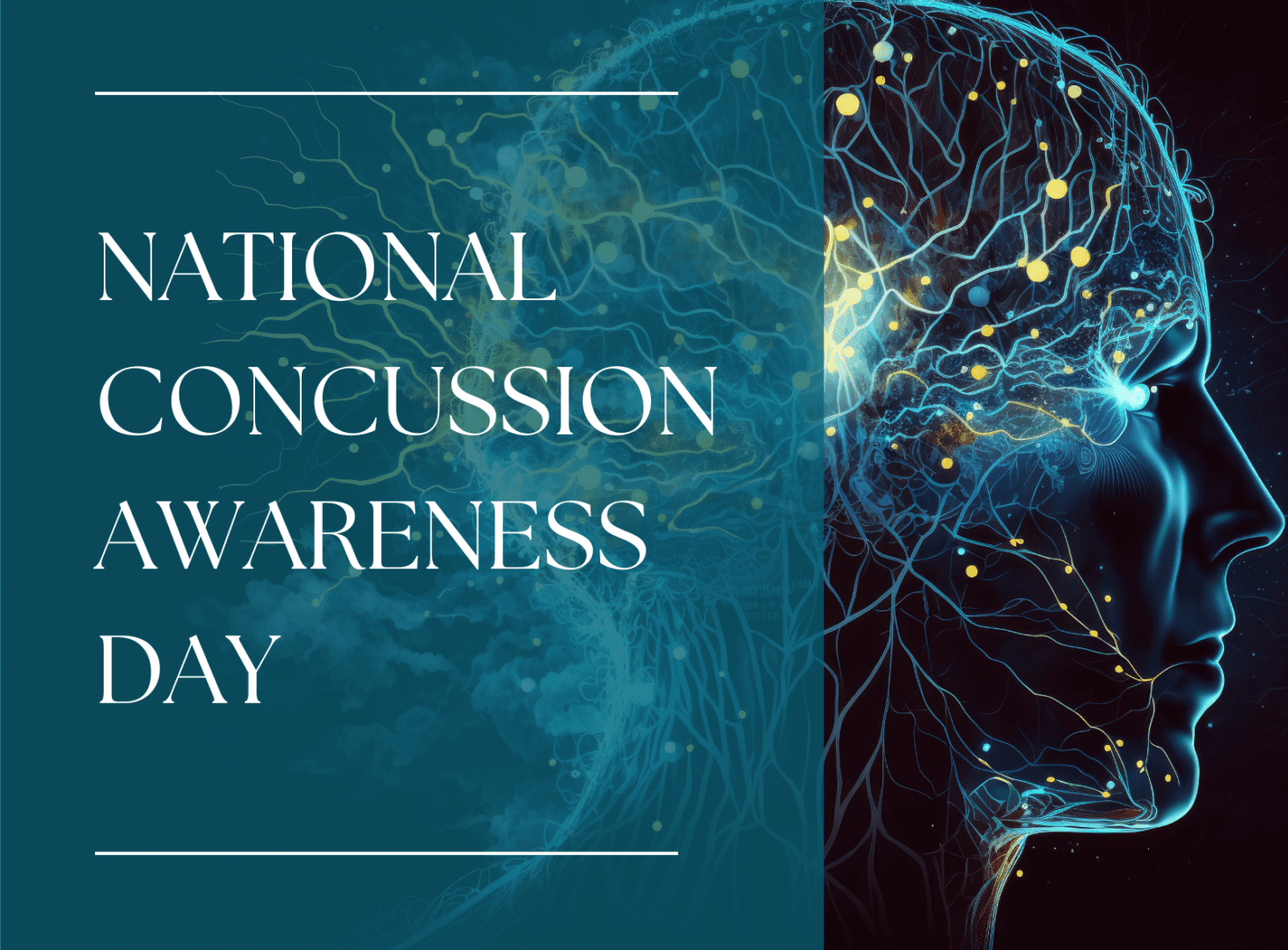Search by Color or Cause


The third Friday of September is National Concussion Awareness Day. A concussion is basically like a bruise to the brain. It can also be called a very mild traumatic brain injury. It usually happens when the brain either stretches or pushes against the skull in any sort of bump, fall, or hit.
Concussion is a common issue that’s receiving growing attention. Recognized annually on the third Friday of September, National Concussion Awareness Day is a chance to start a conversation and increase concussion awareness. It’s also a time to raise funds for charitable organizations dedicated to brain injury and show support for those affected by concussions. The awareness color for concussion awareness is blue or teal. Wear a blue or teal enamel awareness pin, fabric ribbon, or a blue or teal wristband for National Concussion Awareness Day. The color green is used for CTE, otherwise known as Chronic Traumatic Encephalopathy.
In the U.S. alone, there are between 1.6 million and 3.6 million recreational and sports-related concussions each year. But despite the frequency of these injuries, many people don’t understand concussions enough to know when they have occurred. For example, 90% of sports-related concussions take place without the individual losing consciousness. But many people still think someone can only be concussed if they are knocked out. Not only that, but 40% of athletes with concussions return to play before they should. This puts them at risk for additional injury. Some of this is because many physicians do not fully understand concussion.
Round up your players at the beginning of the season to stress the importance of safety. Encourage young athletes to speak up when they are feeling off after a hard hit. Young athletes are especially influenced by their peers and may be reluctant to speak up about concussion symptoms. Make sure that kids know that it’s okay and are encouraged to let a coach know that something isn’t right. Having this conversation sets the tone for the season. It also positions coaches as people who care about both the game and their players.
It important for players to feel comfortable reporting their suspected concussions. But they also need to understand what’s at stake if they let an injury go unchecked. Without scaring your players, highlight the potential complications that can come from untreated concussions. Remember to base this conversation on your players’ ages and levels of understanding. Don’t talk over their heads.
There needs to be a system in place for when young athletes are suspected of sustaining a concussion. This involves certain checks that need to take place and tests that have to be conducted. Thankfully, coaches do not have to create these kinds of programs all on their own. In fact, Mayo Clinic developed the Mayo Clinic Concussion Check, a simple system that can be used to meet this need. The protocol, which features the King-Devick Test in association with Mayo Clinic, is so simple to conduct that it does not require any medical training.
In youth sports, parents are an essential part of the team. In the event of a concerning hit, parents and coaches can be the first line of defense against concussion. They need to work together to monitor players and only return them to play with a clean bill of health. For coaches, this means meeting with parents and finding volunteers to familiarize themselves with the team’s concussion protocol.
Coaches can lead the charge in addressing concussion risks. This means it’s essential for coaches to know that facts, figures, and statistics about concussion. A coach must be able to explain how serious concussion is, and how to prevent it from happening or going unchecked.